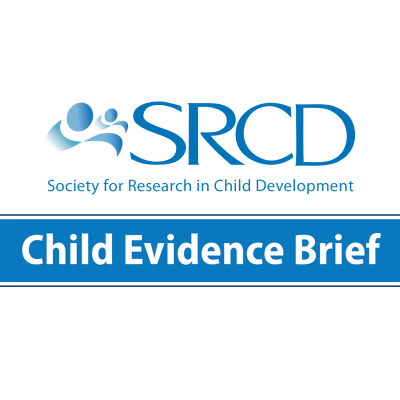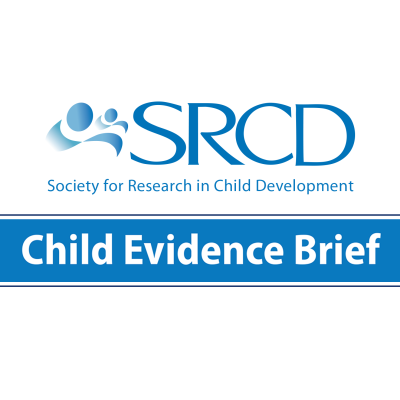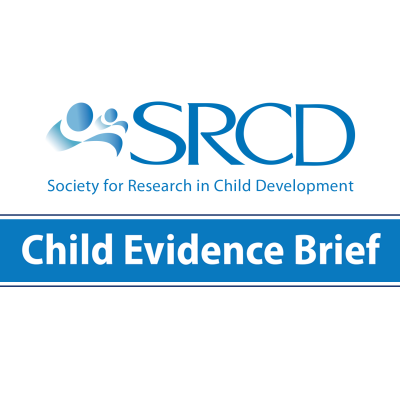Goals for Sustainable Development: Focusing on Children and Youth
Why Does This Matter?
The United Nations Sustainable Development Goals, ratified by all 193 member states of the U.N. General Assembly in 2015, outline 17 goals considered central to sustainable development in all countries. Building on and broadening the Millennium Development Goals adopted in 2005, the new goals offer a more holistic vision of child and youth development, as well as recognition that the well-being and healthy development of children and youth are essential to global development. The goals were developed with worldwide input, are intended to apply to all countries, and focus on equity.
The Sustainable Development Goals seek to build on improvements made under the Millennium Development Goals, such as a 50% reduction in mortality rates for children under age 5 in low- and middle-income countries.
Background
- The Sustainable Development Goals provide a framework for five sets of global development goals: those pertaining to people, planet, prosperity, peace, and partnership. While all U.N. member nations endorsed the goals, action plans are at the discretion of each government. All nations must report regularly on progress toward the goals, with accountability for results occurring primarily through monitoring established by the U.N.
- The Sustainable Development Goals go beyond the earlier Millennium Development Goals in including a stronger focus on child and youth development, acknowledging that efforts to ensure that the next generation achieves its potential are foundational. They also address mental health.
- The Sustainable Development Goals include a more comprehensive focus on learning and education. They focus on development from early childhood through primary and secondary schooling, technical, vocational, and university education, and on building skills after schooling.
- Drawing attention to children and youth, especially those most at risk of not reaching their potential, is fostered by accurately measuring and reporting on development. Measurement is also key to identifying groups that face disadvantages. The U.N. Secretary General highlighted the role of data in identifying inequity (including discrimination against girls) and encouraging action to address it.
What the Research Says
- While the earlier Millennium Development Goals focused on bettering the lives of people in low- income countries through improved economic, health, and social conditions, the Sustainable Development Goals seek to initiate policies, programs, and investments to progress toward the desired outcomes.
- Longitudinal studies of development in context (e.g., the Young Lives studies conducted in Ethiopia, India, Peru, and Vietnam) provide evidence that can identify priorities for policy and inform the design of interventions and evaluations.
- Program evaluations (e.g., the Roving Caregiver home- visiting program in Jamaica, replicated in more than 10 countries) now inform investments in many countries, leading to evidence-based decision making for children and youth.
- Developmentalscientistshavemuchtocontributetoward developing and tracking indicators of child and youth development for the Sustainable Development Goals across a range of languages and cultures (e.g., focusing on the multiple components of reading and math skills).
- Several organizations and universities have created population-based measures of child and youth development that could be useful in monitoring progress on the Sustainable Development Goals regionally or globally.
Implications for Policy and Practice
In the Millennium Development Goals, measurement of child and youth indicators helped promote action. To build further, the Sustainable Development Goals will require extending scientific efforts aimed at appropriate tracking and monitoring of child and youth outcomes across countries. Such efforts will be fostered by:
- Building developmental science in low- and middle-income countries: Countries can be supported in implementing the goals through partnerships between universities and research institutions, local and national nongovernmental organizations, multilateral agencies, and donor agencies.
- Developing new approaches to generating data appropriate for tracking progress in policy implementation and outcomes for children and youth: Indicators are not meant simply to measure, but also to spur national and regional action.
- Supporting the application of lessons from low- and middle- income countries to high-income countries, and not just the reverse.
- Building on international exchanges in designing and evaluating programs for children and youth (including the perspectives of both students who have come to the United States and other high-income countries to study, and those from the United States and other high-income countries who study abroad).
- Supporting collaborations between communities and scientists to develop approaches that address community needs and translate science into action more quickly.
This brief summarizes a longer Social Policy Report,"Children, Youth and Developmental Science in the 2015‐2030 Global Sustainable Development Goals," by Abbie Raikes, Assistant Professor, College of Public Health, and Fellow, Buffett Early Childhood Institute, University of Nebraska; Hirokazu Yoshikawa, Co-Director, Global TIES for Children Center, and Courtney Sale Ross University Professor of Globalization and Education, Steinhardt School of Culture, Education and Human Development, New York University; Pia Rebello Britto, Global Chief and Senior Advisor Early Childhood Development, UNICEF; and Iheoma Iruka, Director of Research and Evaluation, Buffett Early Childhood Institute, University of Nebraska.


